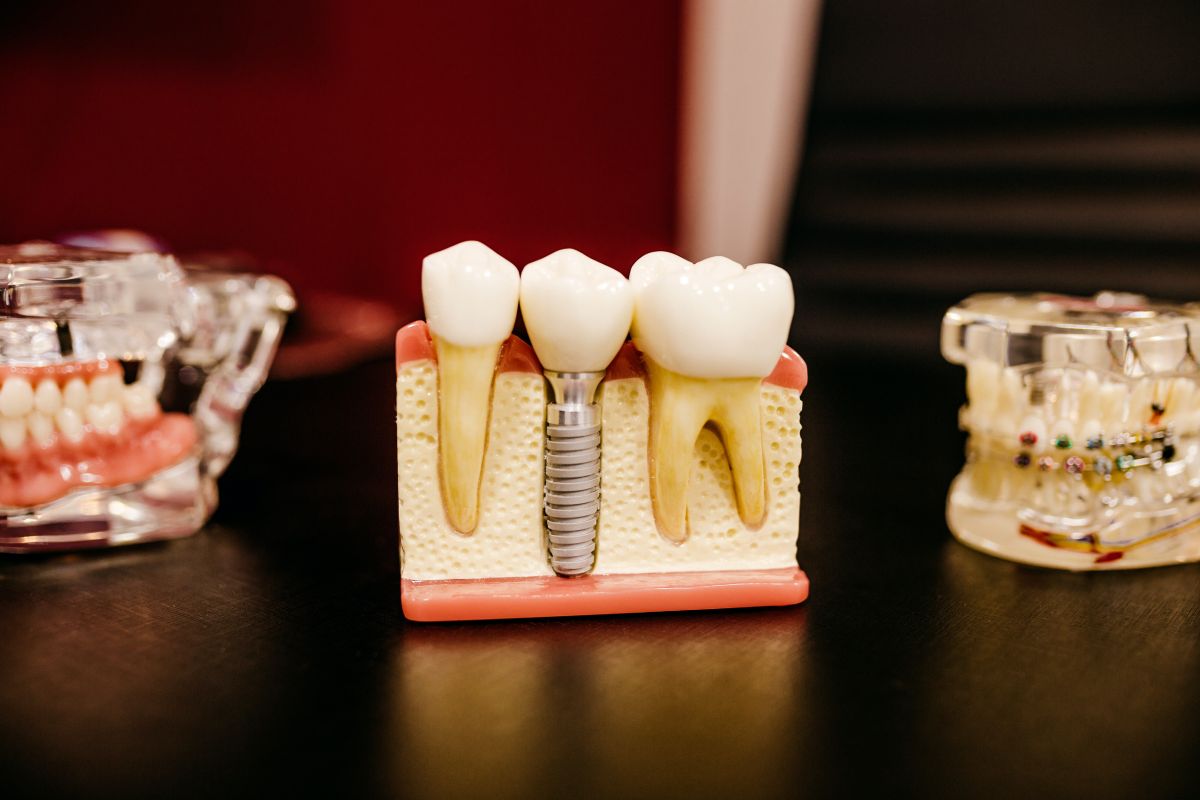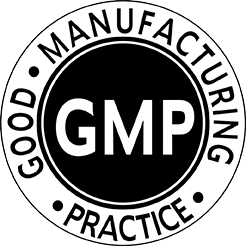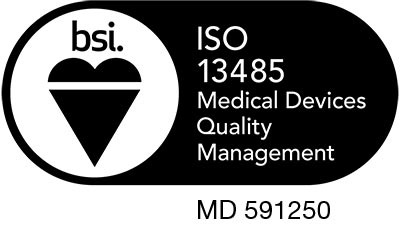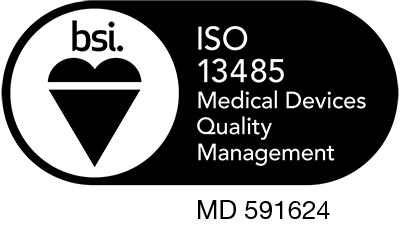1. Periodontitis
Periodontitis is a gum infection that damages the tissue near the tooth and can destroy the bone if not properly treated, leading to potential tooth loss. Periodontitis is extremely common with nearly half of adults over the age of 30 having some form of the disease with an even higher percentage of 70% for adults over the age of 65.
While the damage can become permanent after the loss of tooth, specific measures can be taken to prevent this from happening. A very common one is guided tissue regeneration, which as described in the Glossary of Periodontal Terms, is a “procedure attempting to regenerate lost periodontal structures through differential tissue responses. Guided bone regeneration typically refers to ridge augmentation or bone regenerative procedures, guided tissue regeneration typically refers to regeneration of periodontal attachments.”
2. History of Barrier Use in Dental Procedures
1976: The concept behind guided tissue regeneration was first written about by Melcher in which he described the exclusion of unwanted cells from penetrating the healing sites. He believed that the type of cell that repopulates the root surface determines how the attachment will occur. Based on Melcher’s theory, physical barriers could be placed to retard the migration of unwanted cells, such as the epithelial cells, to allow the healing cells to assist in the regeneration.
1982: First use of a barrier was used by Nyman. A bacterial filter from Millipore (paper) was placed with the goal of covering the bone defect, preventing connective tissue from growing into the space and allowing the growth of the bone tissue. This method proved to be successful in the protection of the wound as well as compatibility with the human.
However, over time, bacteria can contaminate the membrane and the membrane needs to be removed 4-6 weeks later. The removal requires an additional surgery, with the use of anesthesia, making the procedure not ideal.
1986: The term Guided Tissue Regeneration was coined.
1988:The concept of “space making” was created in which the central portion of the membrane is stiffened, creating support and resisting the collapsing of the tissue.
Early 1990s: the first successful use of resorbable membranes was reported.
3. How do Resorbable Membranes Work?
Collagen membranes started to become popular within the dentistry industry as they are very biocompatible and have higher capabilities of promoting the healing of wounds through blood clots.
A collagen membrane works by covering the bone defect and provides a barrier between gingival tissue and bone. It retards the migration of fibroblasts into the bone, allowing for osteoblasts to regenerate underlying bone. During this process, platelets adhere to the collagen, forming clots and assisting in the wound healing.
Because collagen is resorbable, the need for a follow-up surgery in order to remove the membrane is eliminated.
Resorbable barriers are used in various forms:
- Collagen Plug: a soft sponge-like material that is designed to absorb blood and create an artificial clot. They are mainly used for the controlling of bleeding and the maintaining of the blood clot. The collagen induces the aggregation of platelets, thus resulting in the degranulation and the release of bone-growth factors. The typical resorption time is 10-14 days.
- Collagen tape: a thin collagen tape that is used for hemostasis and smaller graft sites. Resorption time of 10-14 days.
- Collagen membranes is a sheet that is used for guided bone regeneration for small-to-medium sized bone defects. Their absorption rage is typically 3-4 months.
- Extended Collagen Membranes: designed for larger bony defects that take more time to heal. The membrane is altered by cross-linking to increase its density. The resorption time is around 4-6 months and have shown to have a greater host-tissue response, impaired vascularization and tissue dehiscence.
- Pericardium Membranes: Bovine and porcine pericardium can be used as both tissues have great collagen content. As pericardium must be able to withstand the opening and closing of the heart, it is a tougher, denser and more tear-resistant membrane, allowing for an extended time as a barrier.
4. Collagen Solutions
Collagen offers a variety of products that assist in bone regeneration. We offer collagen, which is available in lyophilized and film as well as tissue made from both bovine and porcine-sourced pericardium and peritoneum.





